Morning Eye Candy: First Sign of Fall
Posted in Photography on October 1 2011, by Ann Rafalko
It seems too early, but oh boy is it pretty!
Acer palmatum (photo by Ivo M. Vermeulen)

Inside The New York Botanical Garden
Posted in Photography on October 1 2011, by Ann Rafalko
It seems too early, but oh boy is it pretty!
Acer palmatum (photo by Ivo M. Vermeulen)
Posted in Programs and Events, Science on September 30 2011, by Ann Rafalko
Saturday and Sunday, November 12-13, 2011
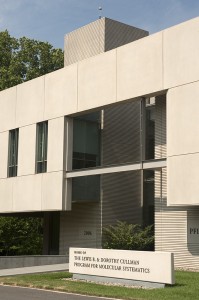
Our last attempt at hosting this “inside look” at The New York Botanical Garden‘s Science campus was rained out by a certain tropical storm (we’re looking at you Irene), so we’re trying again. And this time we’re making it even bigger and better than before!
The Science Open House weekend will be held in conjunction with the second Thain Family Forest Dedication festival weekend, which means there will be a ton of fun activities for the whole family! Start inside with a look at the beautiful Pfizer Plant Research Laboratory, then explore the fascinating William and Lynda Steere Herbarium, and finally, listen to Garden scientists talk about their forest-based research. Then head outside and enjoy the beauties of fall in the Garden’s historic, 50-acre Thain Family Forest: take an expert-led nature walk, canoe down the Bronx River and learn about its wildlife, climb a tree with an arborist, and so much more. The Garden is never the same two days in a row, so come spend a day in one of the world’s greatest urban gardens, The New York Botanical Garden!
Head below the jump to see the schedule for this exciting weekend of science events!
Posted in Behind the Scenes, Exhibitions on September 30 2011, by Ann Rafalko
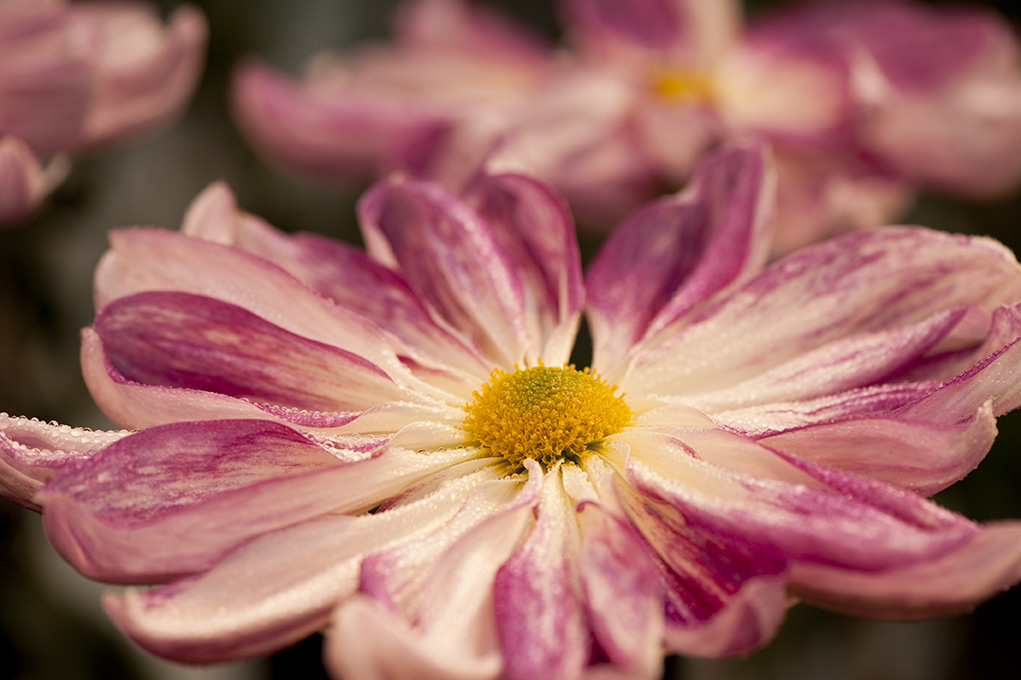
A display of kiku, the mesmerizing art of trained Japanese chrysanthemums, will join Fall Flowers of Japan in the Enid A. Haupt Conservatory on October 5! In anticipation, we’re taking an in-depth look at these fascinating flowers.
Posted in Photography on September 30 2011, by Ann Rafalko
Even the roses of May are beautiful in September.
Floribunda rose ‘Cinco de Mayo’ (photo by Ivo M. Vermeulen)
Posted in Behind the Scenes, Exhibitions on September 29 2011, by Ann Rafalko
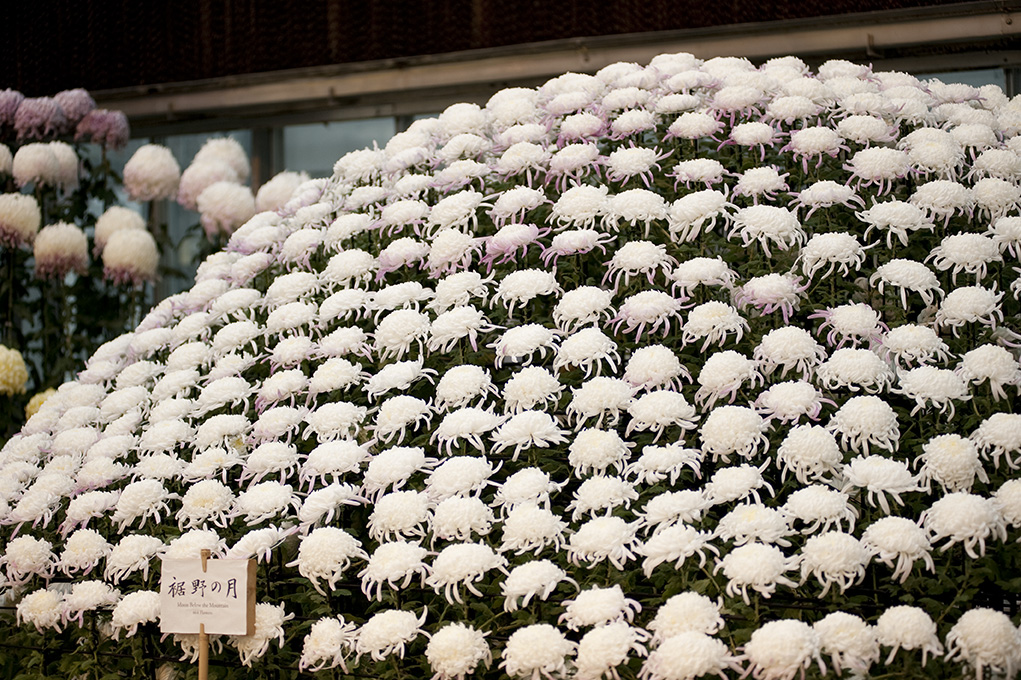
A dazzling display of kiku will join Fall Flowers of Japan in the Enid A. Haupt Conservatory beginning October 5. Don’t miss these magnificent Japanese chrysanthemums trained to grow in a mesmerizing variety of shapes and styles. In anticipation, we’re taking an in-depth look at these fascinating flowers.
One plant, hundreds of flowers. Find out how it's done below.
Posted in Photography on September 29 2011, by Ann Rafalko
Fall Flowers of Japan isn’t just about kiku. It’s about Japanese anemone, too, in all their delicacy.
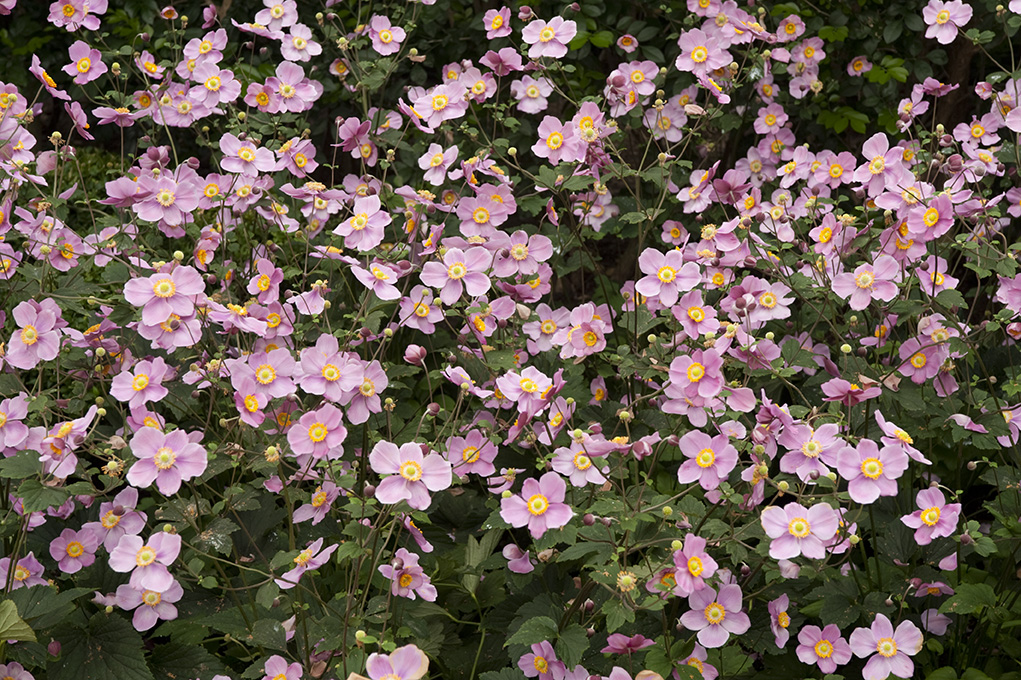
Japanese Anemones in the Enid A. Haupt Conservatory (photo by Ivo M. Vermeulen)
Posted in Behind the Scenes, Exhibitions on September 28 2011, by Ann Rafalko
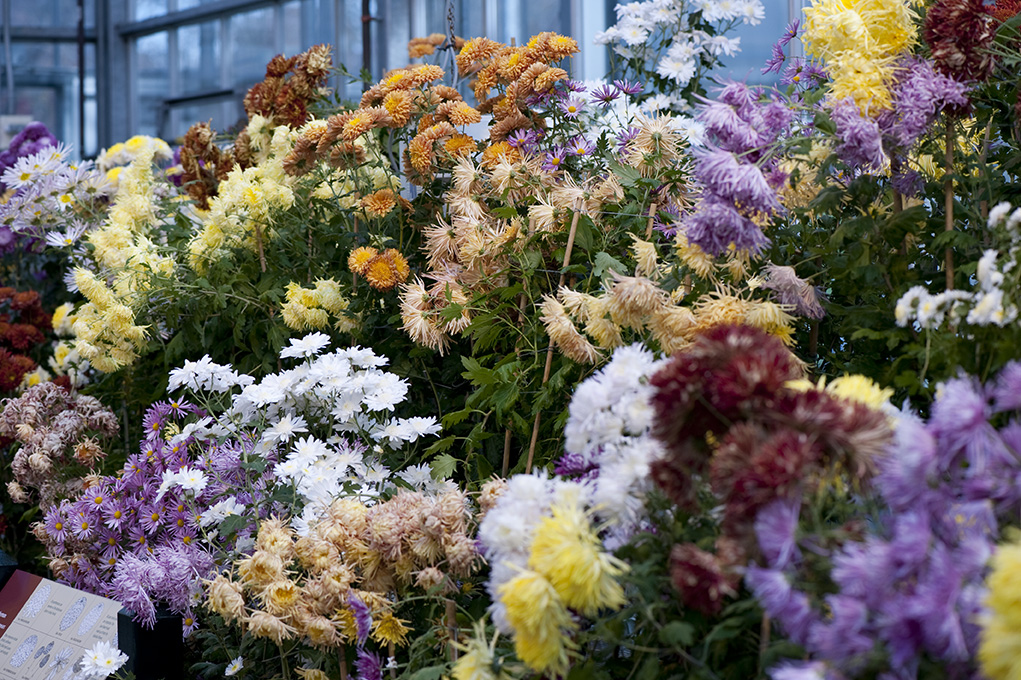
Beginning October 5, Fall Flowers of Japan will feature a dazzling display of kiku in the Enid A. Haupt Conservatory! Don’t miss these magnificent Japanese chrysanthemums trained to grow in a mesmerizing variety of shapes and styles. In anticipation, we’re taking an in-depth look at these fascinating flowers.
Posted in Gardening Tips on September 27 2011, by Sonia Uyterhoeven
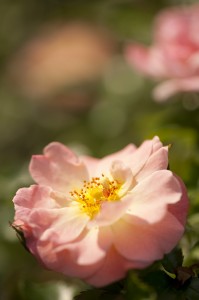 Many people think of June as the month for roses. And while it’s true for many, here at The New York Botanical Garden we generally have two peak seasons for our roses. They first come into their glory in late-May, with both the repeat flowering roses and the one-time blooming old-fashioned types exploding with color and fragrance throughout June.
Many people think of June as the month for roses. And while it’s true for many, here at The New York Botanical Garden we generally have two peak seasons for our roses. They first come into their glory in late-May, with both the repeat flowering roses and the one-time blooming old-fashioned types exploding with color and fragrance throughout June.
The repeat blooming roses take charge for the rest of the season; some of them flowering almost continuously, while others take a four to six week hiatus before re-flowering.
We expect a lot from the roses in the Peggy Rockefeller Rose Garden so we pamper them as much as possible. They are fed multiple times during the growing season with an organic rose fertilizer in April, again in late June immediately following flower, and one more time in early August. Compost tea is used as an additional foliar feed throughout the season.
Cow manure and Epsom salts are added to soil in the spring, and compost and worm castings are added later in the season to create a fertile growing environment. A loyal troop of volunteers come to the Garden every week, and under the careful supervision of the Rose Garden Curator, Peter Kukielski, they weed, deadhead, mulch, water, and fertilize the flowers in this beautiful, historical garden.
Posted in Photography on September 27 2011, by Ann Rafalko
A sun-drenched bluff overlooking the Everett Children’s Adventure Garden.
Posted in Photography on September 26 2011, by Ann Rafalko
What is it about the sunlight in September that makes everything look so magical?
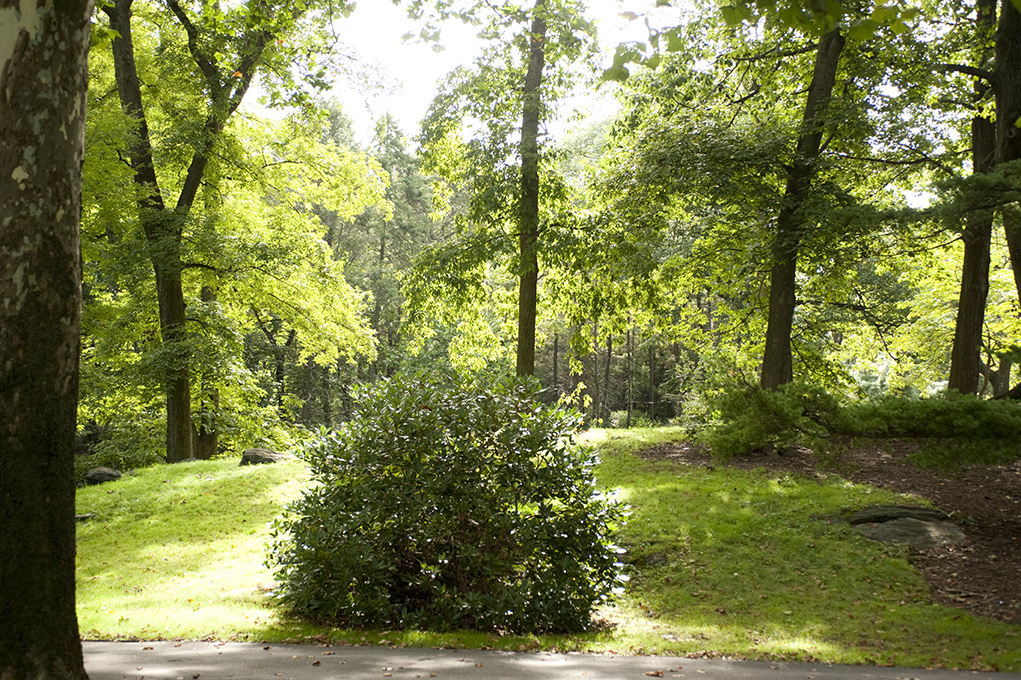
Photo by Ivo M. Vermeulen